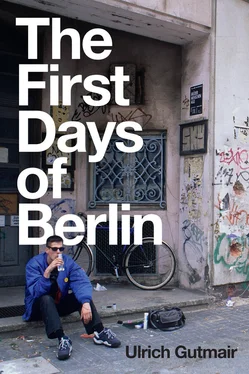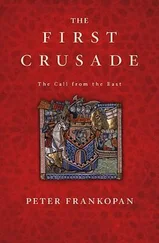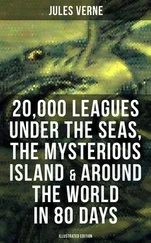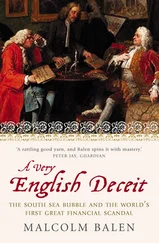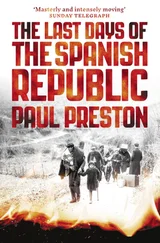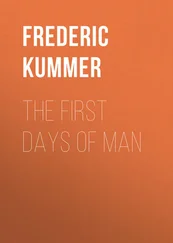Klaus is one such ghost. You would often see him standing by the bar in Elektro at Mauerstrasse 15, three underground stations from Oranienburger Tor, before he started sitting by the kiosk opposite Tacheles. The vacant plots next to the Elektro were covered with grasses and fast-spreading invasive plants, the prettiest and most conspicuous of which was staghorn sumac. The staghorn, known to botanists as Rhus hirta or Rhus typhina , belongs to the Anacardiaceae family. It was introduced to Europe from North America in 1602 and first planted in Germany in 1676. It has now spread across the entire country. It has light-coloured wood and is easy to recognize from afar by its feathery leaves. It thrives in Berlin’s sandy soil, its roots forming rambling rhizomes.
There was constant building going on in Berlin. Wherever, not so long ago, there had been a vacant site, full of grasses and staghorn sumac, wherever no gardener was keeping things in check because the site’s ownership was unclear, wherever heirs were at loggerheads, speculation was rife or an investor had gone bankrupt years ago: a couple of weeks later, the foundations of a new building would have been poured. The empty plots disappeared under the new buildings, taking the staghorn and the memories with them.
The disappearance of the gaps and holes in Mitte refutes many historians’ claims that only remembering is a productive process and that forgetting befalls us automatically. The vacant plots reminded Mitte’s residents of the destruction of the war. Their loss represented the loss of a historic space, an amnesia that corroded the urban environment. While he was alive, Klaus was both a witness and living testament to the fact that all of this had once existed on the corner of Mauerstrasse and Kronenstrasse, where an office block now stands and nothing remains to remind people that this was once one of the liveliest, most productive places in Mitte.
‘I find it hard to remember the places I used to go and what they looked like’, Christoph Keller says. ‘I’ve really blocked it all out. I’d love to climb inside one of those ghost houses now and take a look around. I also get the years muddled up. Later, they put up scaffolding in front of the houses, and it would be in place for a year. Then they’d take it down again and behind it there’d be something completely new. It’s like after a war: I can’t reconnect with the old geography.’
People have different opinions about what happened to the city after the Wall came down. Regarding what came next, though, there is one thing all Mitte’s residents can quickly agree upon: it is impossible to square the memories with the reality.
‘This happens repeatedly throughout history’, Christoph Keller says. ‘People repress memories after wars or other periods of upheaval. A similar thing has happened here because there’s been such a turnover in the population of Mitte and because the buildings are no longer here to bear witness. It all happened so fast. By the end of the nineties, you could only talk in the past tense.’
The disappearance of the vacant plots was symptomatic of this repression in two ways: where the vacant sites were redeveloped, forgetting began; and where the gaps were still visible or people remembered them, conversations began.
Конец ознакомительного фрагмента.
Текст предоставлен ООО «ЛитРес».
Прочитайте эту книгу целиком, купив полную легальную версию на ЛитРес.
Безопасно оплатить книгу можно банковской картой Visa, MasterCard, Maestro, со счета мобильного телефона, с платежного терминала, в салоне МТС или Связной, через PayPal, WebMoney, Яндекс.Деньги, QIWI Кошелек, бонусными картами или другим удобным Вам способом.
